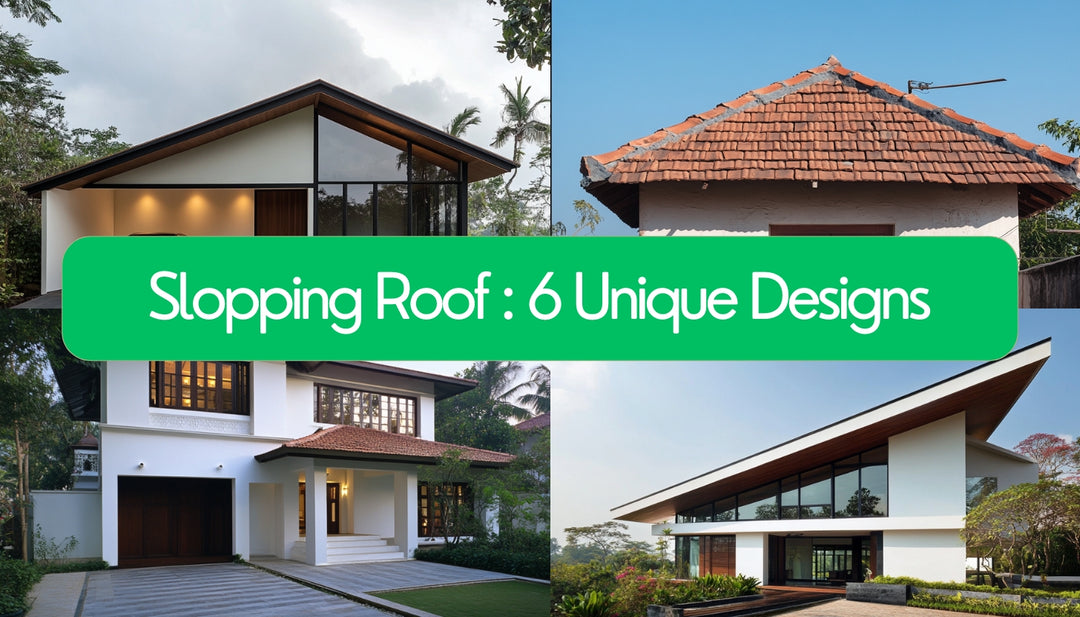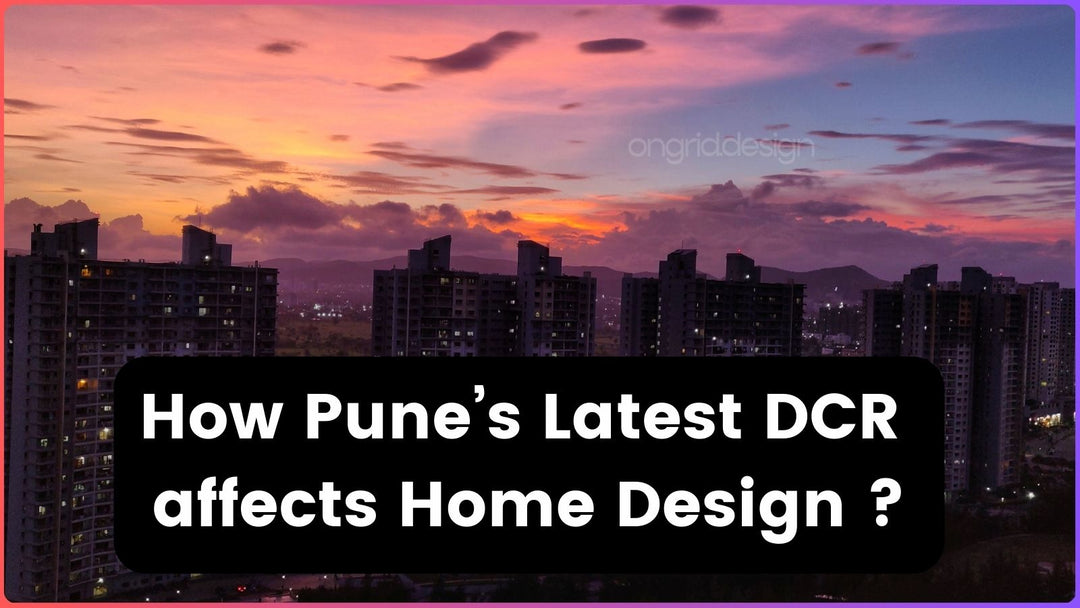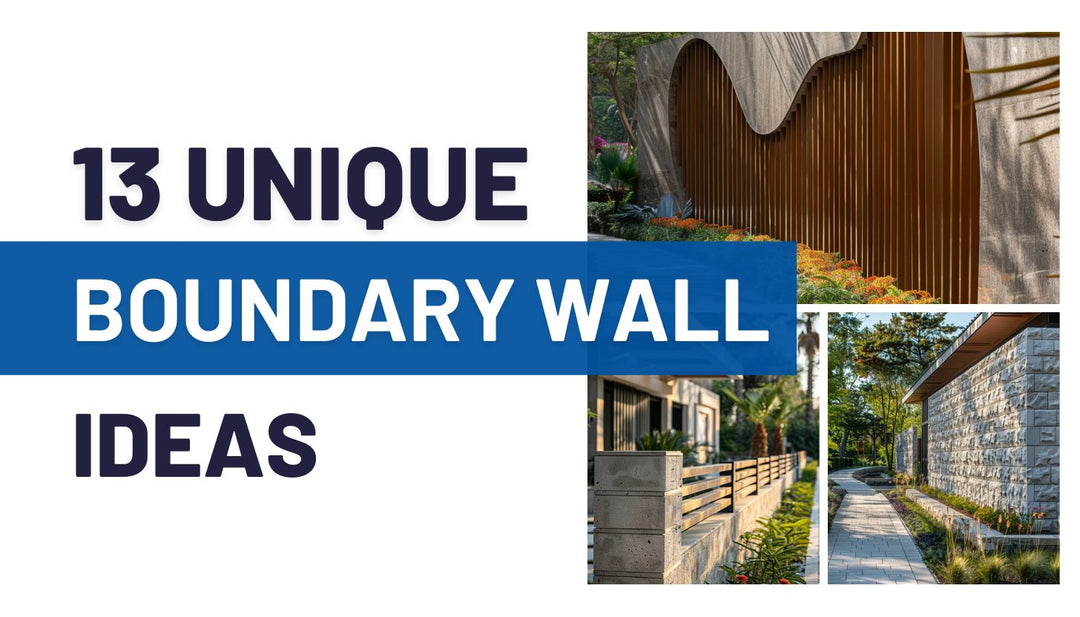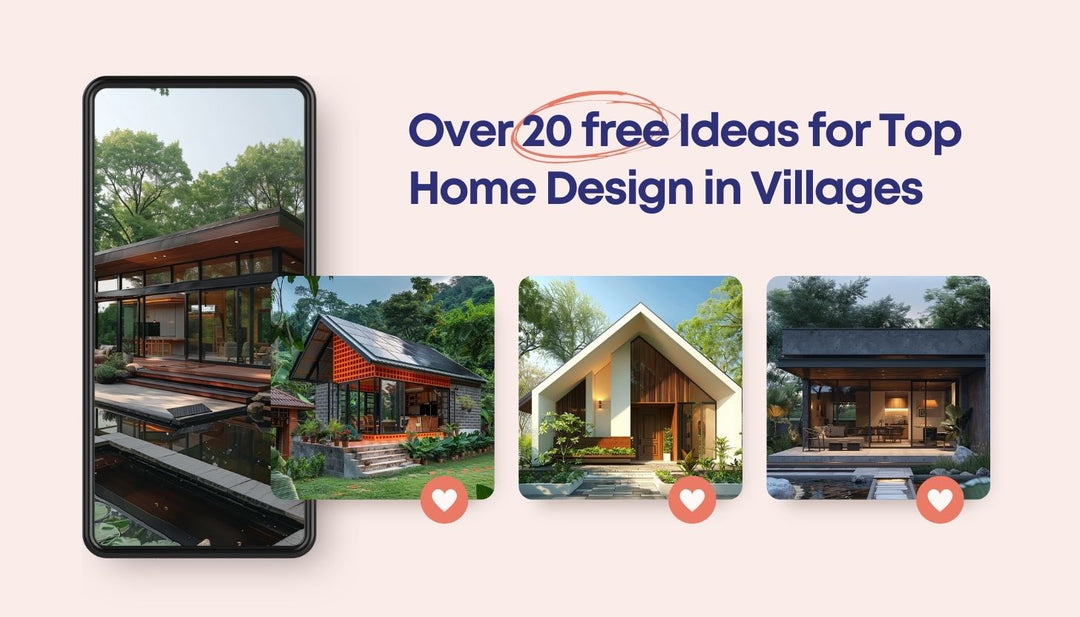Select the Right Elevation Design for Your Home: Factors to Consider Based on Location, Size, and Personal Style
Elevation design is a crucial aspect of home design that is often overlooked. However, it significantly impacts the aesthetics, functionality, and even the energy efficiency of a home. The right elevation design choices can enhance curb appeal, maximise natural light and ventilation, and resonate with your style.
As you decide on the elevation for your new home, here are some key factors to consider based on your location, home size, and preferences.
Importance of Location in Elevation Design
The terrain and climate of your location should guide your elevation design choices.
 Hilly and Mountainous Regions
Hilly and Mountainous Regions
Hilly and mountainous regions grapple with challenges like steep gradients and the risk of landslides. Some tips include:
- Prioritise stone masonry walls and foundations that integrate with the natural terrain
- Avoid large floor-to-ceiling windows on slopes to reduce soil erosion risks
- Incorporate features like buttresses and retaining walls for added structural stability
- Pay attention to drainage and foundations engineered for strength in gradients
- Use materials like timber or reinforced concrete optimised for the terrain
- Opt for small indented windows, projecting balconies, and sloped roofs
- Avoid overhangs and delicate protruding elements vulnerable to falling rocks
- Plan adequate provisions for snow load and drainage
 Coastal Areas
Coastal Areas
Coastal climates bring high humidity, storms, and salt corrosion. Elevation designs must:
- Use weather-resistant materials like exposed brick and sloped tiled roofs
- Have overhanging roofs for shade and rainfall protection
- Include covered porches, overhangs, and elevated foundations
- Ensure openings face away from strong winds and potential storm surges
- Use special paint coatings to withstand salinity
- Include storm shutters for windows and other protective features
- Provide for drainage and elimination of moisture buildup
 Flood-Prone Plains
Flood-Prone Plains
In flood-prone plains and wetlands, elevation designs should:
- Elevate the plinth and foundation well above expected floodwater levels
- Keep living spaces on higher floors and utility areas like parking on lower levels
- Include water drainage provisions like channels, sumps, and porous layers
- Use flood-proof materials like metal, concrete, and stone on lower levels
- Have electrical controls and wiring placed well above flood levels
- Follow strict building codes for flood-prone regions
- Avoid designs where water can accumulate, like recessed entrances
Role of House Size in Elevation Design
The size and height of your home significantly impact the elevation design.
 For tiny homes and plots, architects recommend:
For tiny homes and plots, architects recommend:
- Extended covered porches, pergolas, and creeping plants add depth
- Taller ceilings and narrower wall sections for an expansive look
- Avoiding too many jut-outs or busy detailing that overwhelms
- Well-defined entrance ways with small overhangs
- Matching the roof slope and style to the building width
- Continuous horizontal lines that extend visually
- Colour blocking for an elongated effect
- Integrated landscape elements that blend exterior and interior
 Larger multi-storied homes should aim for:
Larger multi-storied homes should aim for:
- Proportional facades with clearly demarcated floors
- Stacked rectangular sections with selective jut-outs
- Articulated windows, variation in materials, and recessed balconies
- Ornamental designs like jali work or lintels for embellishment
- Chamfered edges and corner boards for 3D definition
- Aligned windows and doors with thoughtful symmetry
- Visually balanced compositions compliant with building codes
- Connected terraces and transitional elements between floors
|
Design Aspect |
Small Homes |
Large Homes |
|
Porches |
Extended covered porches |
Selective porches or overhangs |
|
Walls |
Tall ceilings, narrow wall sections |
Demarcated floors with stacked rectangular sections |
|
Openings |
Aligned windows and doors, minimal jut-outs |
Articulated windows, recessed balconies, selective jut-outs |
|
Ornamentation |
Limited ornamentation |
Ornate accents like jali work, corner boards |
|
Lines |
Continuous horizontal lines |
Clearly defined edges and corners |
|
Landscaping |
Integrated landscape elements |
Connected terraces and transitional elements |
Incorporating Personal Style
Your inclinations guide elevation design choices between traditional and contemporary styles.
 For traditional ornate styles, consider:
For traditional ornate styles, consider:
- Temple motifs, Rajasthani jharokhas, Mughal jali work
- Decorative mouldings, carved wooden brackets
- Earthy tones, exposed brick, or stone finishes
- Arches, chhatris, jaalis, and other ornamental accents
- Intricate floral designs, reliefs, and medallions
- Traditional stacked fenestrations and rhythmic patterns
- Wooden doors with hand-carved or wrought iron elements
 Contemporary minimalist designs may include:
Contemporary minimalist designs may include:
- More glass, metal, and an industrial aesthetic
- Painted surfaces over heavy embellishments
- Bold geometries, clean lines and shapes
- Monochrome colour palettes and muted shades
- Recessed, repetitive grid-like patterns
- Large expanses of plain surfaces
- Sleek fixtures and modern exterior lighting
Regional influences like Kerala's sloping roofs or Goan Portuguese designs inspire uniqueness.
The Interplay of Vastu Shastra
Vastu Shastra makes several recommendations for auspicious home elevation designs:
- Elevated south-west sections for optimal sunlight and ventilation
- Symmetrical designs with balanced visual weight
- Open north and east facades devoid of obstruction
- Square or rectangular shapes over cutting edges
- Northeast entrances and convex shapes promote positivity
- Earthy tones draw positive energy
- Water elements like fountains and pools in the right places
However, modern elevations need not strictly adhere to Vastu tenets. You can take its essence and interpret it creatively.
Innovative Materials to Consider
Traditional red brick, wood, and stone have given way to innovative new-age materials:
- Fiber cement boards that are durable and weather-resistant
- Metal composite panels allow bold facades
- Glass blocks and atriums usher light deep within
- 3D wall panels for organic textures and depth
- Exterior paints with heat-reflective properties
- Recycled polycarbonate sheets that are cost-effective
- Stone cladding for textural interest without heavy masonry
- Lightweight concrete reinforced with fibres
Other material options to consider:
- Exposed concrete for a modern brute look
- Bricks in different colours and patterns
- Recycled wood with an eco-friendly appeal
- Composite materials that integrate insulation
Ensure longevity by opting for quality materials installed correctly.
Using Technology for Better Designs
Online 3D architectural visualisation empowers you to make the most informed design choices.
With realistic 3D renderings and walkthroughs, you can:
- Visualise exactly how your elevation ideas will translate into built form
- View designs from multiple angles under different lighting
- Tweak materials, textures, and balcony shapes until you finalise the perfect facade
- Make incremental edits to scale, proportions, and dimensions
- Add or remove design elements and visualise the impacts
- Compare design variants side-by-side before construction
- Show realistic views to others before spending on actual construction
Conclusion
Consider your location, available space, and personal inclinations when conceptualising home elevation designs. Leverage 3D technology to make the best choices that resonate aesthetically and functionally.
Consult expert architectural visualisation services for personalised 3D renderings of your dream home's elevations. Bring your vision to life digitally before laying the first brick.










